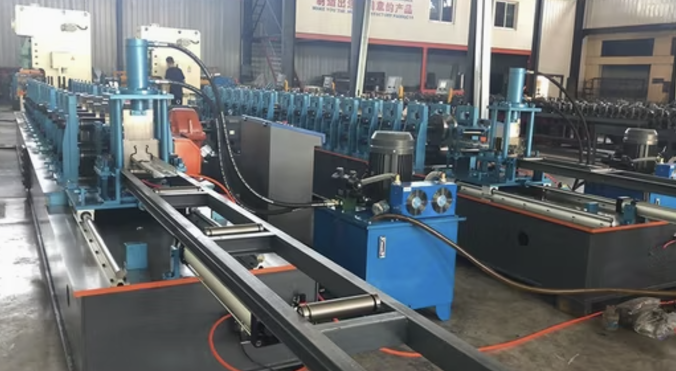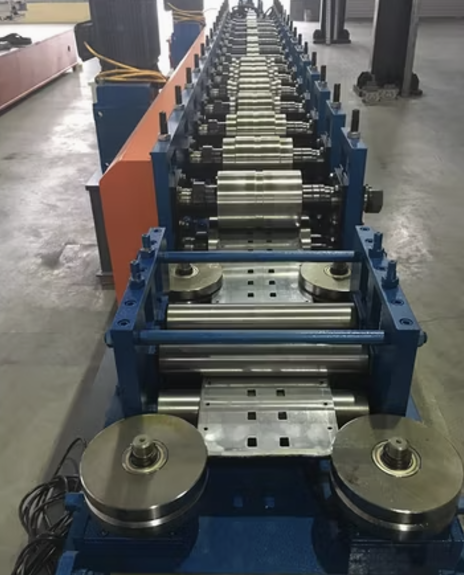To express an interest in this machine please submit the form below.

Not Sure What Machine You Need?
Select Your Profile, We'll Match It
Choose your desired profile drawing, and let Machine Matcher connect you with the best roll forming machine tailored to your needs.
Browse Profiles


Shelf panel roll forming machines are advanced systems designed for producing high-quality shelf panels used in industrial storage, retail displays, and warehousing. These machines are highly efficient, enabling manufacturers to produce consistent, precision-engineered shelf panels in large quantities. In this guide, we will delve into the machine's full description, specifications, and answer common questions relevant to the USA market.
Shelf panel roll forming machines are fully automated systems that shape and cut metal coils into shelf panel profiles. These machines are equipped with cutting-edge technology, such as PLC systems, servo motors, and hydraulic cutting mechanisms, ensuring high precision and speed. Designed for versatility, these machines can produce panels in various sizes and materials, catering to the diverse needs of the shelving industry.
The machine's modular design enables easy customization for specific requirements, such as panel length, profile shape, and additional features like perforations or embossing. It is ideal for applications in:
Copyright 2025 © Machine Matcher.